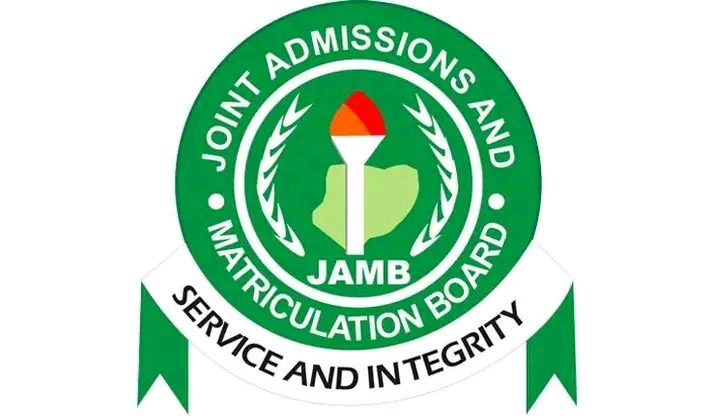Home Economics JAMB Syllabus

Are you gearing up for the Joint Admissions and Matriculation Board (JAMB) exams, with your sights set on a thrilling journey in Home Economics?
This dynamic field, encompassing everything from culinary artistry to financial wizardry, demands strong foundational knowledge.
And guess what’s your key to unlocking that knowledge? The JAMB Home Economics syllabus!
This comprehensive blog post is your ultimate guide to mastering the syllabus, equipping you with all the vital information, key topics, and frequently asked questions (FAQs) to navigate the exam with confidence.
Buckle up, aspiring Home Economics wizards, because we’re about to delve into a treasure trove of knowledge!
The JAMB Home Economics syllabus is crafted to assess your understanding of core concepts and principles across four major areas:
Introduction to Home Economics
History and Evolution of Home Economics
Areas of Specialization within Home Economics
Importance of Home Economics in daily life and societal development
Values and attitudes essential for effective home management
Food and Nutrition
Basic principles of nutrition and balanced diet
Nutrients and their functions in the body
Food and dietary requirements for different age groups and health conditions
Food safety and hygiene practices
Food preparation techniques and meal planning
Clothing and Textiles
Fundamentals of textiles and fabrics
Clothing selection and care based on personal style, body type, and occasion
Basic clothing construction techniques and garment care
Textile production and sustainability practices
Housing and Home Management
Types of housing and housing selection criteria
Principles of interior design and space planning
Home furnishing and equipment management
Resource management, including time, energy, and finances
Family economics and budgeting principles
Delving Deeper: Key Topics to Master
Within each of these broad areas, the syllabus outlines specific topics you’ll encounter in the JAMB exam. Let’s explore some pivotal themes in each section:
Introduction to Home Economics
Career opportunities in Home Economics
Relationship of Home Economics with other subjects
Consumer education and responsible decision-making
Personal development and life skills in the context of Home Economics
Food and Nutrition
Digestion and absorption of nutrients
Nutritional disorders and their management
Food processing and preservation techniques
Food production systems and food security
Cultural influences on food choices and traditions
Clothing and Textiles
Textile identification and properties of different fabrics
Clothing design principles and elements
Sewing techniques and basic garment construction
Clothing care and maintenance tips
The textile industry and environmental considerations
Housing and Home Management
Home safety and security measures
Sanitation and hygiene practices in the home
Household pest control and environmental sanitation
Family relationships and communication skills
Consumer rights and responsibilities
Tips and Tricks for Exam Success
Now that you’re familiar with the syllabus and key topics, let’s explore some effective strategies to ace the JAMB Home Economics exam:
Thorough syllabus understanding: Familiarize yourself with the syllabus structure, weighting of different sections, and specific topics covered.
Quality study materials: Invest in reliable textbooks, past JAMB question papers, and online resources aligned with the syllabus.
Active learning strategies: Use diverse learning methods like note-taking, mind maps, flashcards, and practice quizzes to stay engaged.
Regular practice: Test your knowledge by solving past JAMB questions and mock exams under timed conditions.
Focus on application: Understand the practical implications of theoretical concepts and apply them to real-life scenarios.
Time management: Develop a study schedule that prioritizes different sections based on their weightage and your strengths.
Positive mindset: Stay confident, maintain a positive attitude, and believe in your ability to succeed.
FAQs
How much weightage does each section carry in the JAMB Home Economics exam?
The weightage of each section may vary slightly depending on the specific JAMB year, but generally, Introduction to Home Economics carries 20%, Food and Nutrition 30%, Clothing and Textiles 25%, and Housing and Home Management 25%.
What resources can I use besides the syllabus?
JAMB-approved textbooks, past question papers and solutions, online study materials from reputable sources, and practice tests offered by coaching centres are all valuable resources.
Are there any practical components to the JAMB Home Economics exam?
No, the JAMB Home Economics exam is entirely theory-based and solely focuses on assessing your knowledge of the syllabus content. However, understanding theoretical concepts often involves practical applications, so ensure you can connect theory to real-life scenarios.
When should I start preparing for the JAMB Home Economics exam?
Ideally, begin your preparation several months before the exam date. This allows you sufficient time to grasp the concepts, practice solving questions, and build your confidence. Consistency and diligent effort are key.
Also Read: Hausa JAMB Syllabus




